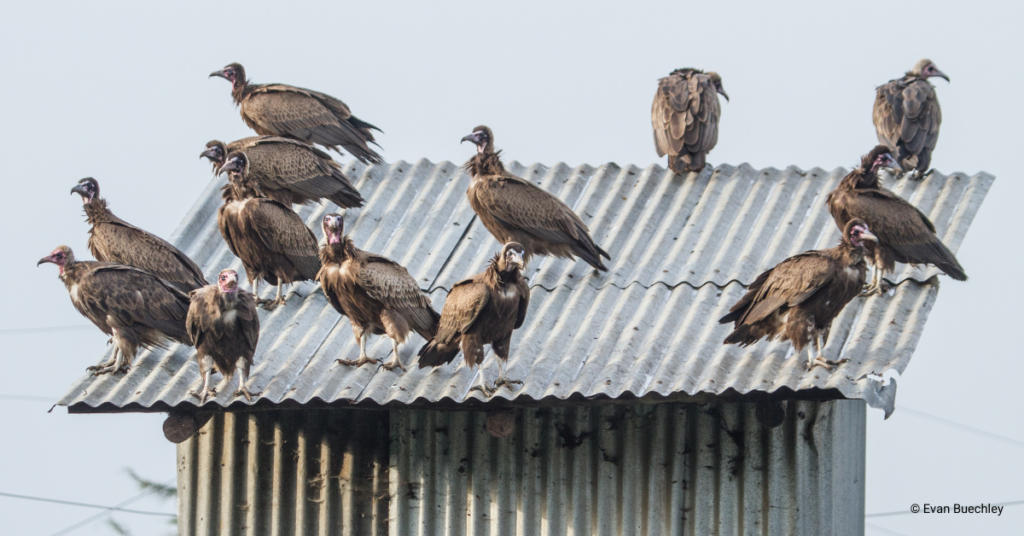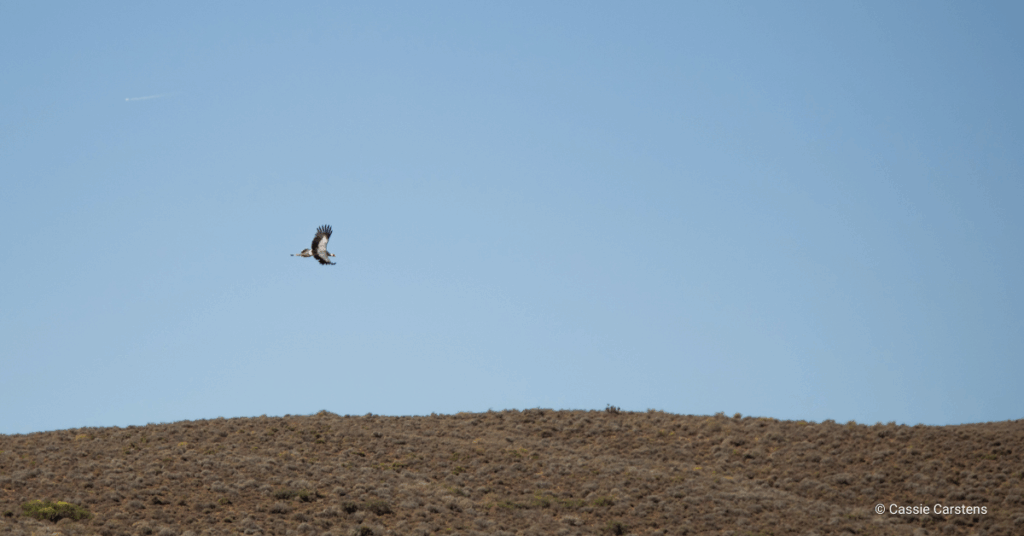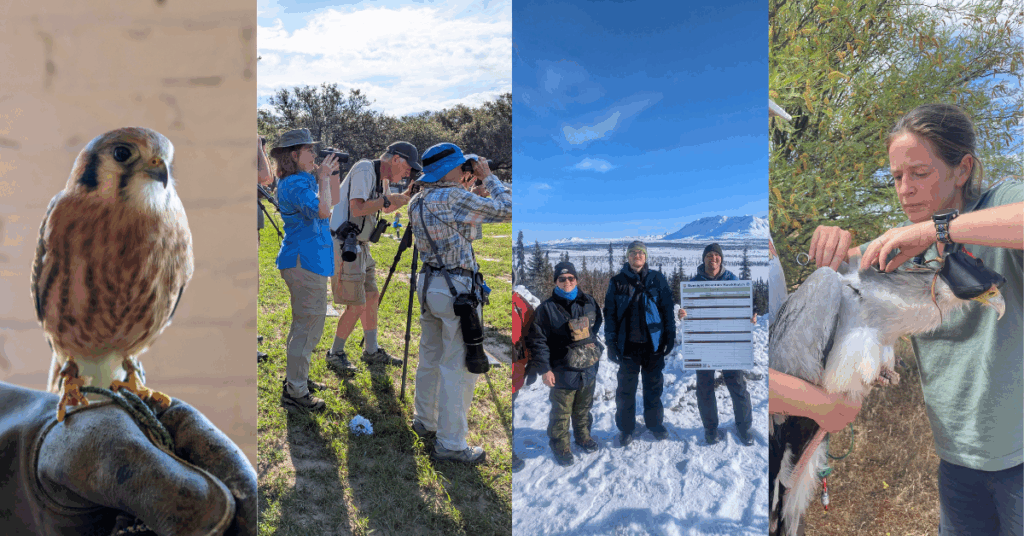It is well established that populations of vultures are declining dramatically around the world. But the potential consequences of these declines are less known. A new study in East Africa documented the abundance of critically endangered vultures and quantified how much carrion they consumed in urban settings. Unfortunately, in just five years, Gyps (White-backed- and Rüppell’s Vultures) and Hooded vultures declined by 73% and 15% respectively. As a result, vultures went from removing 57% to 36% of available carrion in the study.
The study took place over five years in Addis Ababa, the capital of Ethiopia, and used time-lapse cameras and in-person surveys to document scavengers that fed at “abattoirs.” These slaughterhouses serve as feeding grounds for scavengers, like vultures, as unmarketable parts of animals slaughtered for human consumption are made available for scavengers to feed upon. This arrangement can be mutually beneficial; abattoirs get a free cleaning service, while scavengers get a free meal.
The documented decline in vultures at these sites is concerning for both ecosystem and human health. Vultures feed in large groups to efficiently remove carrion and pose little risk to humans. But, the study found that as vulture numbers roughly halved over the study period, the number of feral dogs more than doubled. This is very concerning as feral dogs are the primary vector for rabies, a disease that is a major health concern and target of costly interventions globally and particularly in Ethiopia.
“It is very alarming to see feral dog populations rise so quickly as vulture numbers decline. We know from other parts of the world, particularly India, that when feral dog populations grow, human rabies fatalities can soon follow,” lead author Dr. Evan Buechley, of HawkWatch International, said.
Feral dogs are much less efficient at removing carrion than vultures because they fight over carrion rather than acting cooperatively to quickly consume it. They also lack the strong stomach acid vultures possess that allow them to kill off diseases found in rotting meat. Feral dogs also chase vultures away from abattoirs, compounding the problem. This can lead to a build-up of rotting meat, increases in feral dog populations, and increased risk of human disease transmission.
But it’s not all bad news. The study outlines what could be a win-win scenario for conservation and human health: improved fencing. Although abattoirs usually have fences intended to keep feral dogs out, they are often in some disrepair. The study proposes that investing in fence repair to exclude feral dogs could help provide critically endangered vultures with a safe and reliable food source, while cutting off a food subsidy that is allowing feral dog populations – and, in turn, rabies – to prosper.
“Working to repair abattoir fences could be beneficial for both local communities and endangered species conservation. We plan to test this solution in the years to come.”, said Alazar Daka Ruffo, a PhD student at Addis Ababa University who contributed extensively to the study.
This blog was written by Kirsten Elliott, HWI’s Development & Communications Director. You can learn more about Kirsten here.




